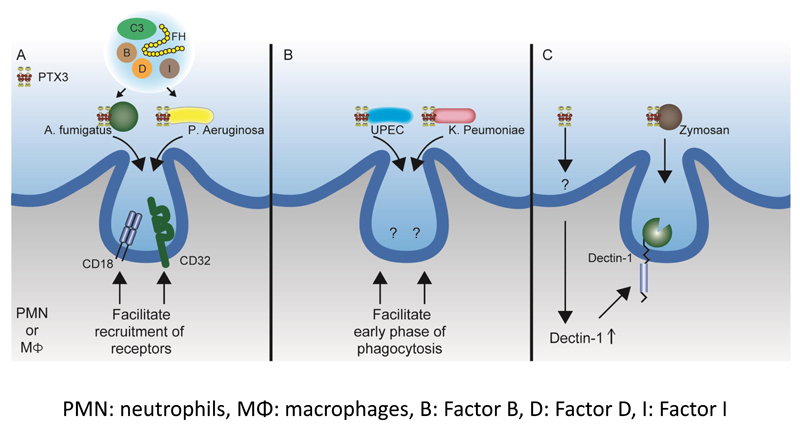Figure 2. Opsonic activity of PTX3 with various pathways.
PTX3 binds to several microbes including A. fumigatus, P. aeruginosa, UPEC, K. pneumoniae and zymosan. Upon binding, neutrophils or macrophages display enhanced phagocytosis through several pathways; (A) Phagocytosis of PTX3-opsonized A. fumigatus and P. aeruginosa is exerted through FcγRIIa/CD32 and CD11b/CD18, together with alternative complement components. PTX3 opsonization also increases the recruitment of CD32 and CD18 in the phagocytic cup. (B) PTX3 opsonization facilitates the early phase of the phagocytosis of UPEC and K. pneumoniae through unknown mechanisms. (C) PTX3-opsonized zymosan is phagocyted through dectin-1. PTX3 itself has the ability to increase dectin-1 expression through unknown pathway, which creates a feedback loop in the dectin-1-mediated phagocytosis.

